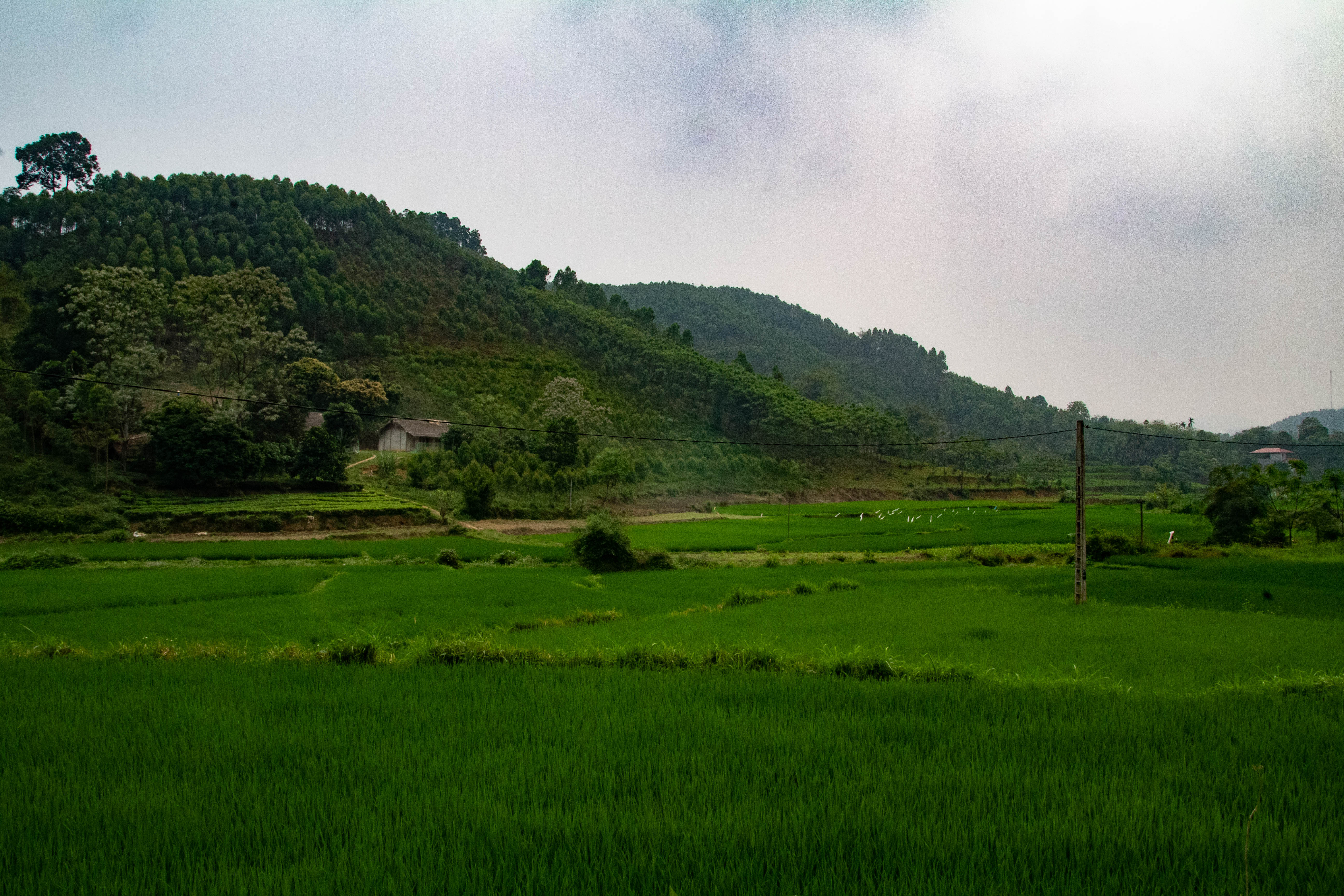More Than Rice
Columbia World Projects’ first project, ACToday, aims to combat hunger and improve food security by increasing climate knowledge in six countries that are particularly dependent on agriculture and vulnerable to the effects of climate change and fluctuations — Ethiopia, Senegal, Bangladesh, Vietnam, Colombia, and Guatemala. This article takes an in-depth look at recent activities in Vietnam that advance ACToday’s objective of helping the country meet its goals on food security.
When many people envision food security in Vietnam, they think of rice. More than seven million tons of it are harvested each year, making Vietnam the third largest exporter of the crop. What isn’t exported feeds the Vietnamese population: rice provides 65% of people’s daily calories on average, making it a vital piece of both food and financial security.
However, many of those working in agriculture in Vietnam believe rice may not be the future of food security for the country going forward. Cash crops such as coffee, cashews and fruit may provide more stability and better value, allowing small-scale farmers to start to pull themselves out of poverty and to access higher nutrition foods. Regardless of the crop, the uncertainties of a variable climate pose a challenge to farmers’ success.
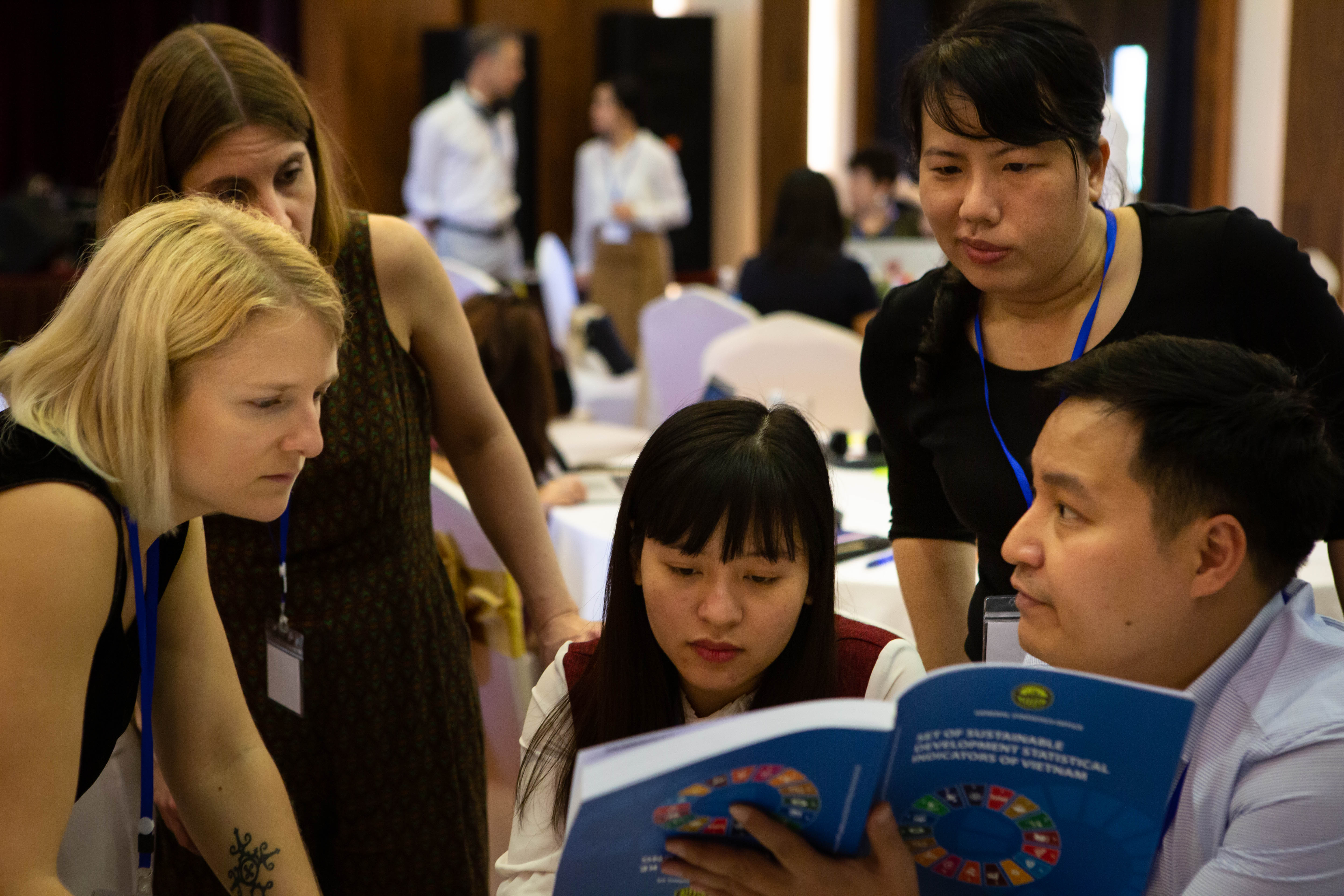
“We were interested in having the decision makers be in the same room. We wanted them to help us to identify the gaps and overlaps between the information decision makers need and the ability of climate agencies to provide it. ”
Dannie Dinh, country manager for ACToday in Vietnam
These are the kinds of ideas that teams from the International Research Institute for Climate and Society (IRI) and the Center for International Tropical Agriculture (CIAT) heard at a policy workshop in March in Vietnam, as part of Adapting Agriculture to Climate Today, for Tomorrow (ACToday), the first Columbia World Project. The workshop, supported by ACToday and by a CIAT-implemented project known as DeRISK, convened representatives from government agencies and farmers’ groups to discuss what climate information is currently being generated and used for agriculture and where the process can be improved for more effective decision making.
The IRI and CIAT organizers asked officials from the National Center for Hydrological and Meteorological Forecasting (NCHMF), the Vietnam Institute of Meteorology, Hydrology and Climate Change (IMHEN), and the Ministry of Agriculture and the National Institute of Nutrition to work together on their approaches to food security and nutrition. Each of the agencies presented their mission and objectives and explained their role in helping Vietnam achieve UN Sustainable Development Goal 2: ending hunger and malnutrition, achieving food security, and promoting sustainable agriculture.
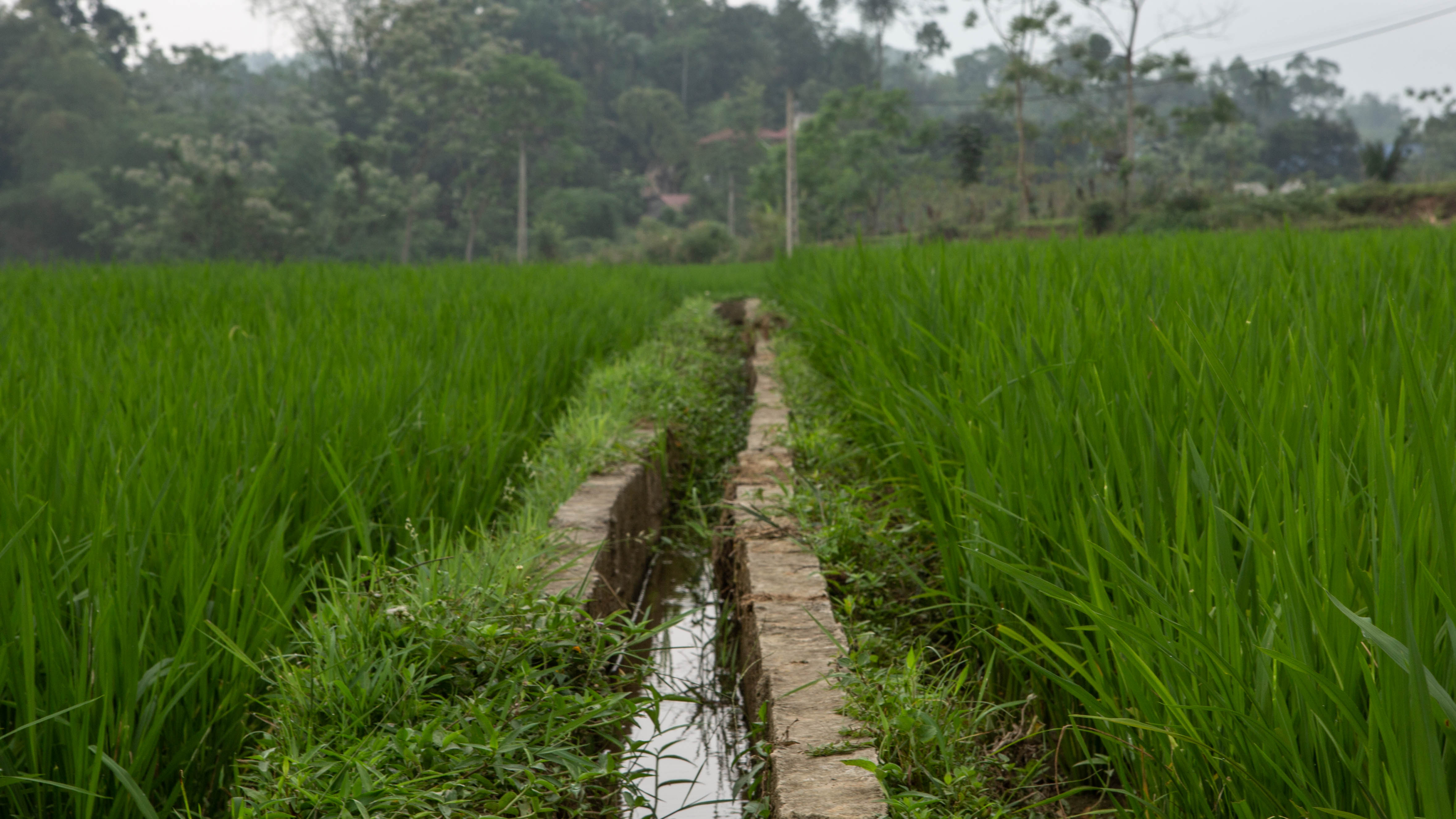
“We were interested in having the decision makers be in the same room,” says Dannie Dinh, who co-leads activities for ACToday in Vietnam. “We wanted them to help us to identify the gaps and overlaps between the information decision makers need and the ability of climate agencies to provide it. ”
It worked. During one exchange, an official from the agriculture ministry stood up to suggest that a sub-seasonal climate forecast (information about what will happen two weeks to 2 months into the future), made specifically for a particular crop, would be very useful for farmers. Immediately, a representative from the country’s forecasting center responded that such a forecast did exist and was already available online. Interactions like these are critical, says Dinh, because they help illustrate an important problem IRI has addressed for decades across the world: sometimes the climate information produced by one part of government is unknown or not very useful to its intended audience in another part of government. Carefully organized face-to-face meetings of stakeholders can be an effective approach to share ideas and identify communication and collaboration challenges.
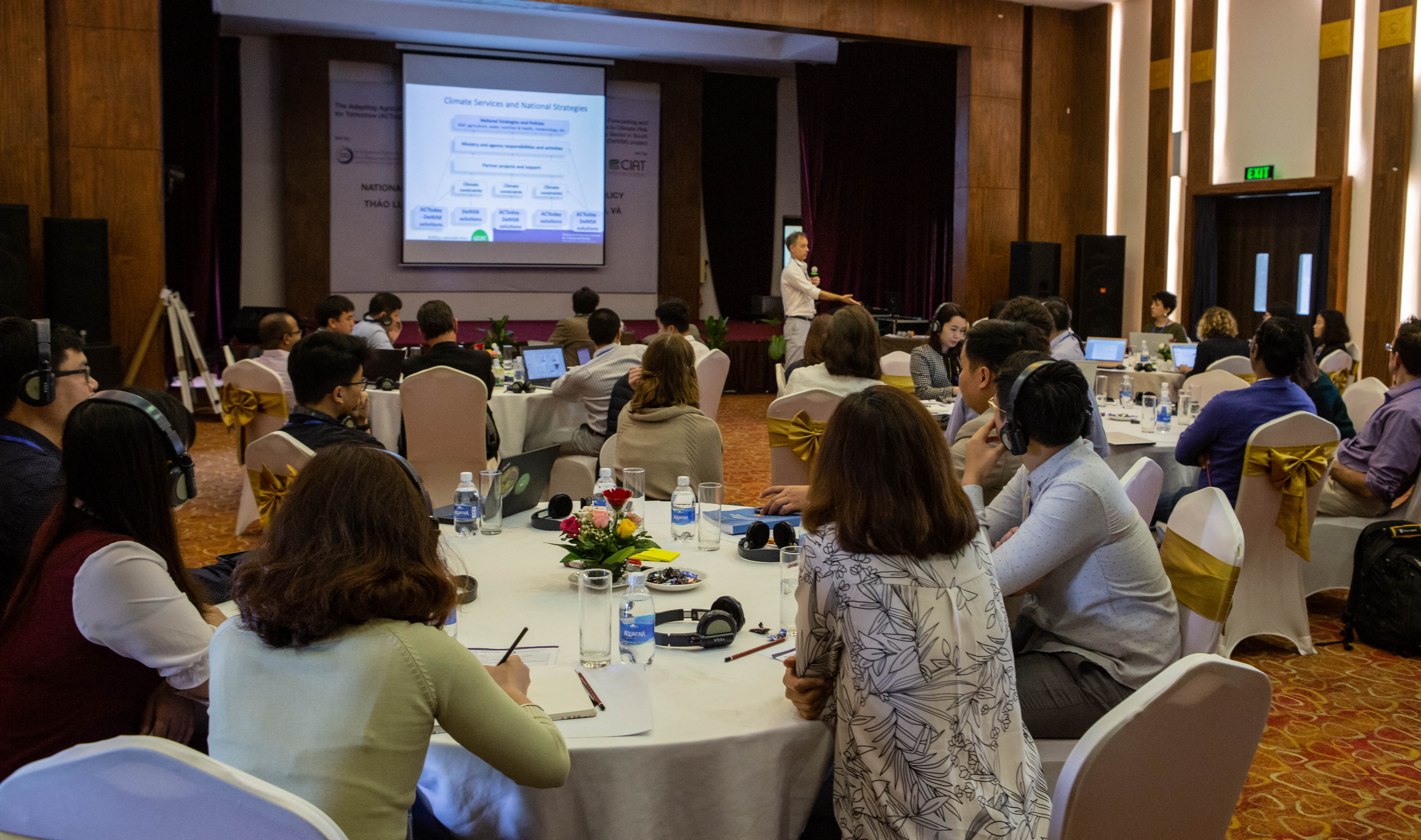
One of the primary ways in which the ACToday project is helping governmental organizations achieve their SDG targets is through the development and improvement of climate services. Climate services start with the production of relevant climate information, as well as the translation of that information for use by decision makers. These services help farmers, policy makers and other agriculture and nutrition stakeholders manage climate variability and change. Climate services can include, for example, forecasts that provide estimates of temperature and rainfall for upcoming growing seasons. These estimates can help inform farmers’ decisions about which crops or crop varieties might do well under projected conditions. For smallholder farmers, such advice can mean improved yields and a lowered risk of food insecurity. A climate services product that is not tailored to the needs of farmers is unlikely to be used.
Some workshop attendants were already thinking ahead, hoping that new climate services products might also assist in planning for the introduction of new cash crops.
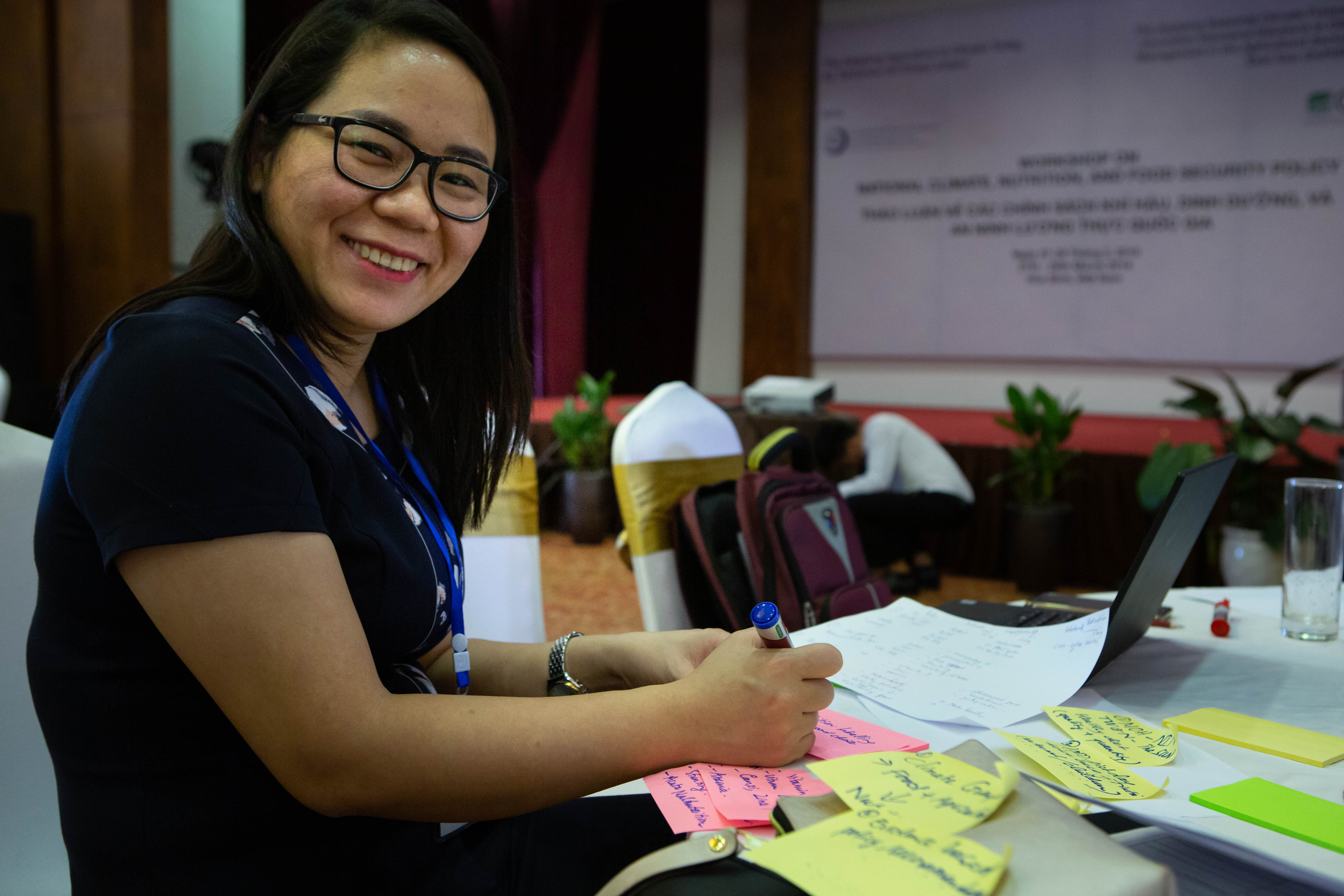
One official, Do Minh Phuong from the National Institute for Agricultural Planning and Policy (NIAPP), has been using a global scale drought prediction tool developed by IRI to support coffee production, but he found that the resolution was not high enough in Vietnam. His team is interested in expanding the growing of coffee within the country’s central highlands, an area known for extreme poverty and tricky climate variability. Enhanced forecasting tools could help implement coffee production in the region and pull a significant portion of the population out of poverty. ACToday is now working with the NCHMF to develop a higher resolution drought forecast specific to Vietnam.
“We were able to learn directly from the people responsible for these ambitious policies how climate variability is impeding Vietnam’s progress toward food security and better nutrition, ” says John Furlow, the country lead for ACToday in Vietnam. “We’re building working relationships between the users of climate information and those agencies responsible for providing that information, and evaluating where ACToday can best provide support to Vietnam. ”
